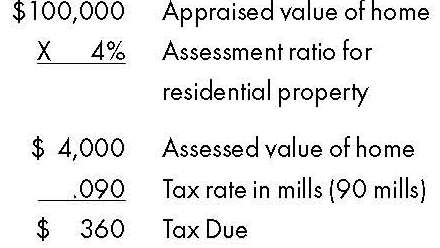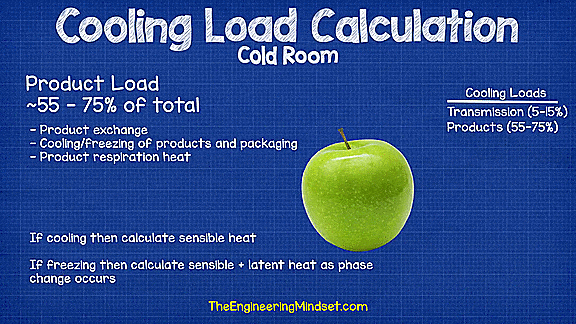How is Child Support Calculated in Pennsylvania

Child support is the financial assistance provided by a non-custodial parent to the custodial parent to cover the expenses related to raising a child. In Pennsylvania, child support is calculated using a set of guidelines established by the state. These guidelines take into account various factors and aim to ensure a fair and consistent approach across all cases.
1. Income of Both Parents
The primary factor in calculating child support in Pennsylvania is the combined income of both parents. This includes all sources of income such as wages, bonuses, commissions, self-employment earnings, workers’ compensation benefits, unemployment benefits, pension and annuities, social security disability payments, and any other streams.
2. Basic Child Support Obligation
Based on both parents’ combined monthly net income, the basic child support obligation is determined using the state’s predetermined table, which outlines suggested amounts for various income levels. The basic amount caters to general child-rearing expenses such as food, clothing, shelter, and transportation.
3. Parental Share in the Obligation
To determine each parent’s share of the basic child support obligation, their individual monthly net incomes are divided by the combined net income. For example, if Parent A contributes 60% and Parent B contributes 40% of the total combined income, each parent’s respective share will be applied to the basic child support obligation.
4. Time Spent with Children
The amount of time a non-custodial parent spends with their children affects the calculation. In Pennsylvania, if a non-custodial parent has overnight visits for more than 40% of nights per year or if shared custody is in place (usually when parents equally split time with children), an adjustment to child support may occur.
5. Additional Expenses
Some children-related expenses are not covered in the basic support calculation. These may include childcare costs (due to employment or educational/job training needs), health insurance premiums paid for the child, and medical expenses not covered by insurance (orthodontics, vision care, prescriptions, etc.). These expenses are also shared by the parents based on their income ratios.
6. Variation from the Guidelines
Under certain circumstances, a deviation from the guideline amount can be requested. If a parent believes that the recommended amount is unjust or inappropriate due to individual circumstances (educational needs, extraordinary expenses, special needs of the child, etc.), they can petition the court for a modification.
Conclusion
In summary, child support in Pennsylvania is calculated based on both parents’ income and the state’s guidelines while considering additional expenses and time spent with the children. It is essential to understand these factors and consult with a qualified family law attorney to ensure accurate calculations and fair outcomes for all parties involved.






